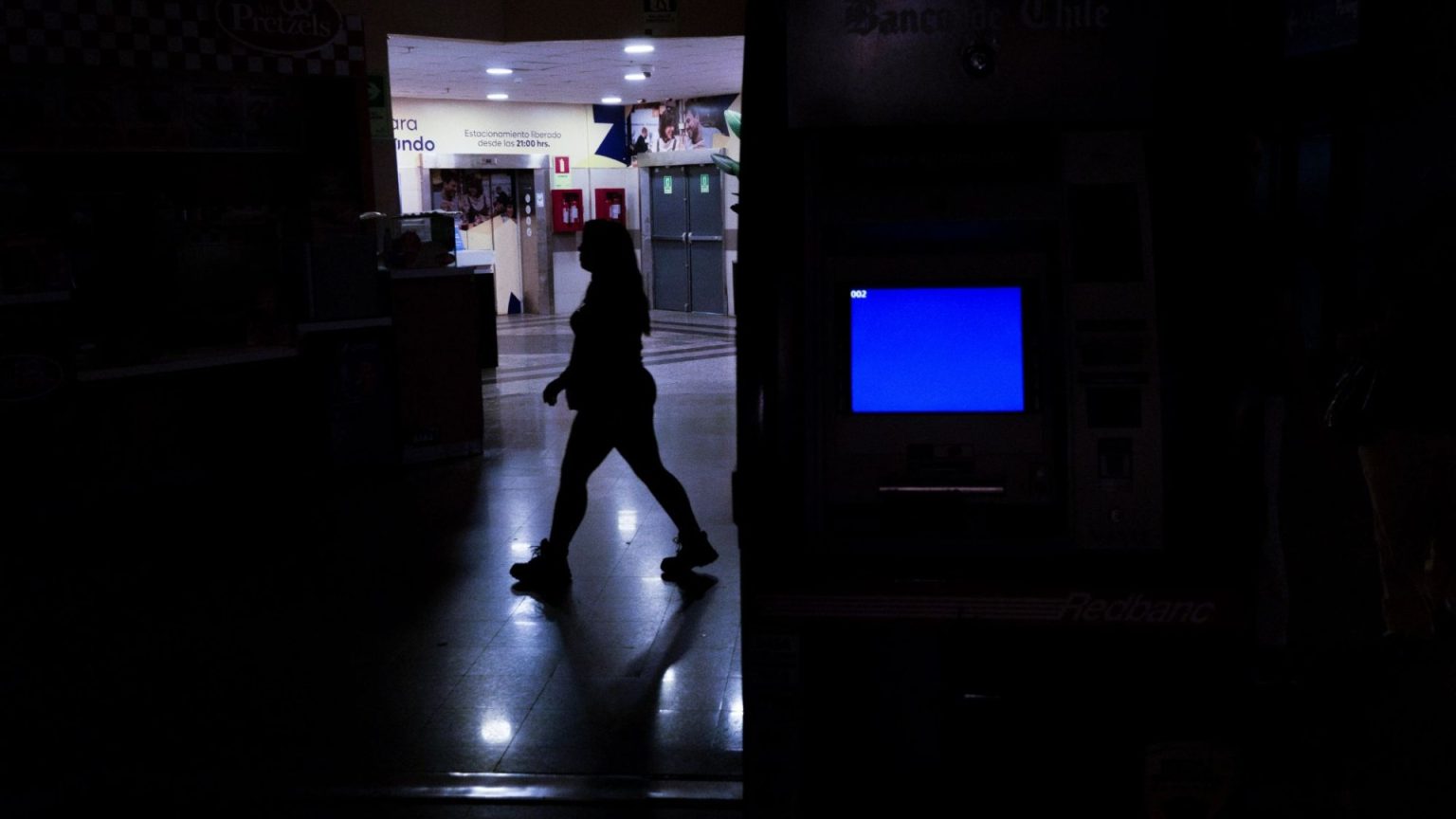A Nationwide Power Outbreak Plunges Chile into Darkness
On Tuesday, a massive power outage swept across Chile, leaving millions of people in darkness. The blackout occurred in the mid-afternoon, affecting the entire country from the northern Arica and Parinacota region to the southern Los Lagos area. The outage was so widespread that it impacted nearly all regions of Chile, causing significant disruptions to daily life, transportation, and essential services. The government quickly declared a state of emergency and imposed a curfew from 10 p.m. to 6 a.m. local time in the affected regions. This drastic measure was taken to maintain order and ensure public safety as authorities raced to restore power and address the crisis.
The blackout was traced to a disruption in a high-voltage transmission line that carries power from the Atacama Desert to the capital city of Santiago. However, the exact cause of the disruption remained unclear, with officials ruling out sabotage or an attack. Instead, they pointed to a system failure as the likely culprit. The National Electrical Coordinator, which oversees the country’s power grid, did not provide further details about the specific cause of the outage. Meanwhile, President Gabriel Boric flew over Santiago in a helicopter to assess the situation and oversee the response efforts.
Chaos and Disruption: The Impact on Daily Life
The power outage brought life in Chile to a standstill. In Santiago, a city of approximately 8.4 million people, the subway system was shut down entirely, leaving thousands of commuters stranded. Videos on social media showed chaotic scenes at intersections as traffic lights went dark, forcing drivers and pedestrians to navigate without guidance. People were seen using their mobile phones as makeshift torches to navigate darkened subway tunnels and office buildings. Police and emergency services were deployed to assist in evacuating passengers from tunnels and subway stations in Santiago and other cities, including the popular coastal town of Valparaiso.
Essential services such as hospitals, prisons, and government buildings quickly activated backup generators to maintain critical operations. Interior Minister Carolina Toh urged the public to remain calm and assured citizens that efforts were underway to restore power as quickly as possible. Despite these measures, the outage caused widespread inconvenience. For example, Maria Angelica Roman, a 45-year-old worker in Santiago, expressed her frustration: “They let us leave work because of the power cut, but now I don’t know how we will get home because all the buses are full.” Jonathan Macalupu, a 25-year-old bank clerk, added, “At the bank where I work, all operations had to stop.”
A Nation in the Dark: Economic and Social Implications
The blackout also highlighted the vulnerability of Chile’s power grid, which has faced challenges in the past. In 2010, a similar outage caused by damage to a power plant left hundreds of thousands of people without electricity for several hours. This latest incident occurred just a month after a massive 8.8-magnitude earthquake struck the country, further straining the national infrastructure. The endurance of Chileans was tested once again as they coped with the loss of electricity in homes, businesses, and public spaces.
The disruption extended to key industries as well. Escondida, the world’s largest copper mine, was forced to halt operations due to the outage. This not only disrupted production but also raised concerns about the broader economic impact of the blackout. With the country’s economy heavily reliant on mining and other energy-intensive industries, the outage served as a stark reminder of the delicate balance of Chile’s infrastructure.
Emergency Measures and the Race to Restore Power
As night fell, the government took additional measures to prevent a potential crisis. Interior Minister Toh announced that if power was not restored by sunset, emergency measures would be implemented to ensure public safety and maintain order. Transport Minister Juan Carlos Muñoz urged people to stay at home to avoid further complications. Despite these efforts, the situation remained challenging, with only 27% of traffic lights functioning in Santiago. Mobile phone services were also disrupted in some areas, adding to the sense of isolation and disarray.
Santiago’s international airport managed to continue operations by switching to emergency power, but the broader impact on transportation and communication systems was significant. For many, the outage brought back memories of past crises, including the 2010 earthquake that devastated parts of the country. Yet, as Chileans have shown time and again, resilience and solidarity often emerge in the face of adversity, offering a glimmer of hope for recovery.
Looking Ahead: Lessons Learned and the Road to Recovery
As authorities worked tirelessly to restore power and stabilize the grid, Chileans were left to reflect on the fragility of their infrastructure and the importance of preparedness. The blackout served as a stark reminder of the interconnectedness of modern life and the critical role played by essential services. For President Boric and his government, the challenge now lies in identifying the root cause of the outage and taking steps to prevent similar disruptions in the future.
In the aftermath of the blackout, Chileans displayed remarkable unity and resilience. From sharing torches to helping neighbors navigate the darkened streets, countless acts of kindness emerged as a testament to the strength of the nation’s people. While the road to full recovery will undoubtedly be long, the collective spirit of Chile offers hope for a swift return to normalcy. As the country rebuilds and recovers, this blackout will serve as a valuable lesson in the importance of infrastructure, preparedness, and community.


